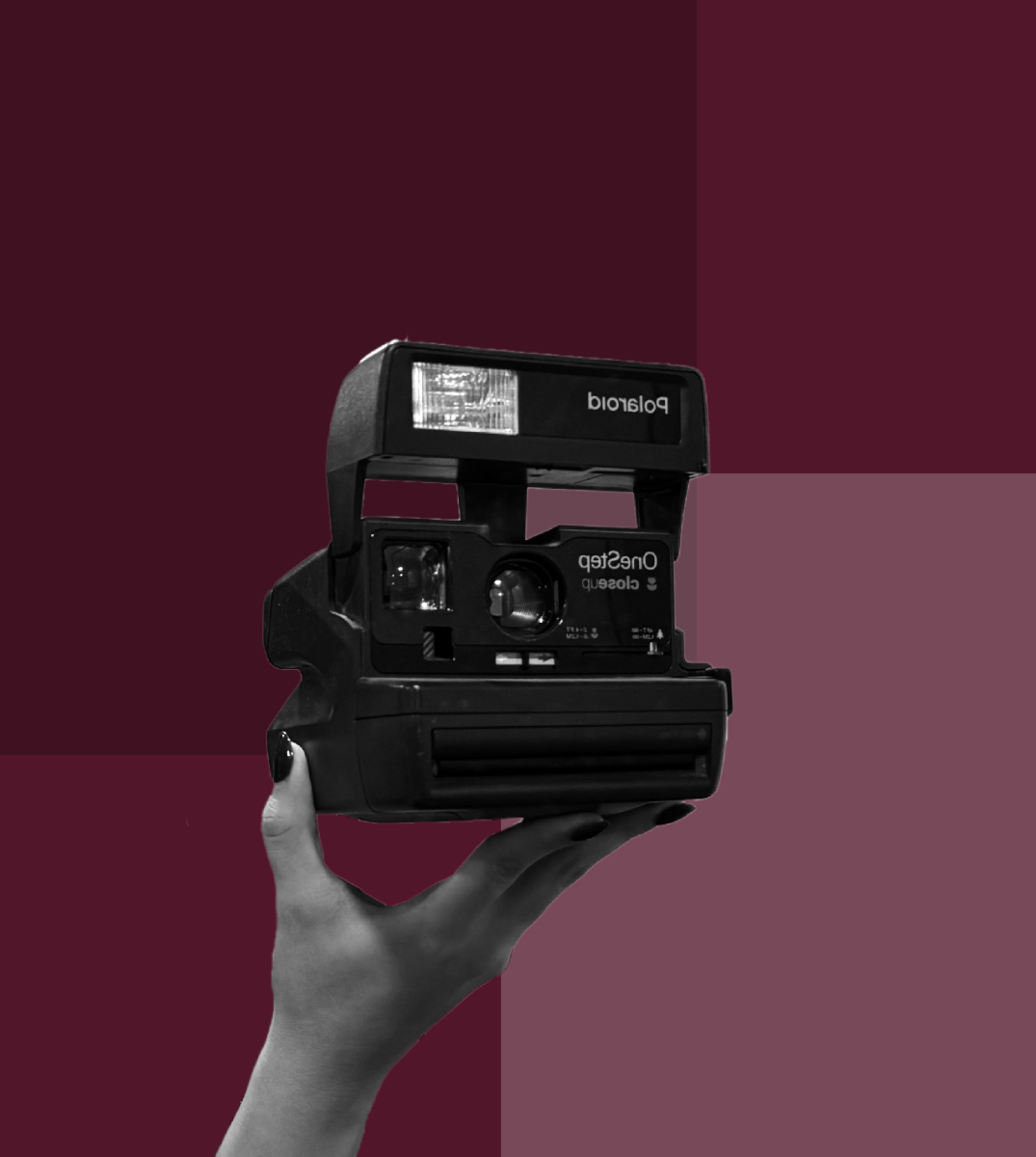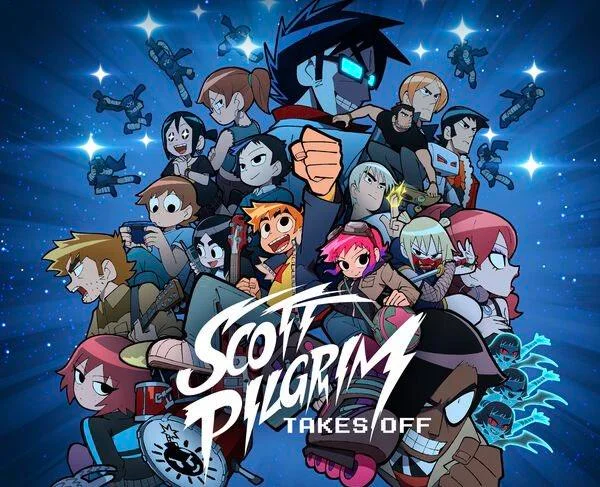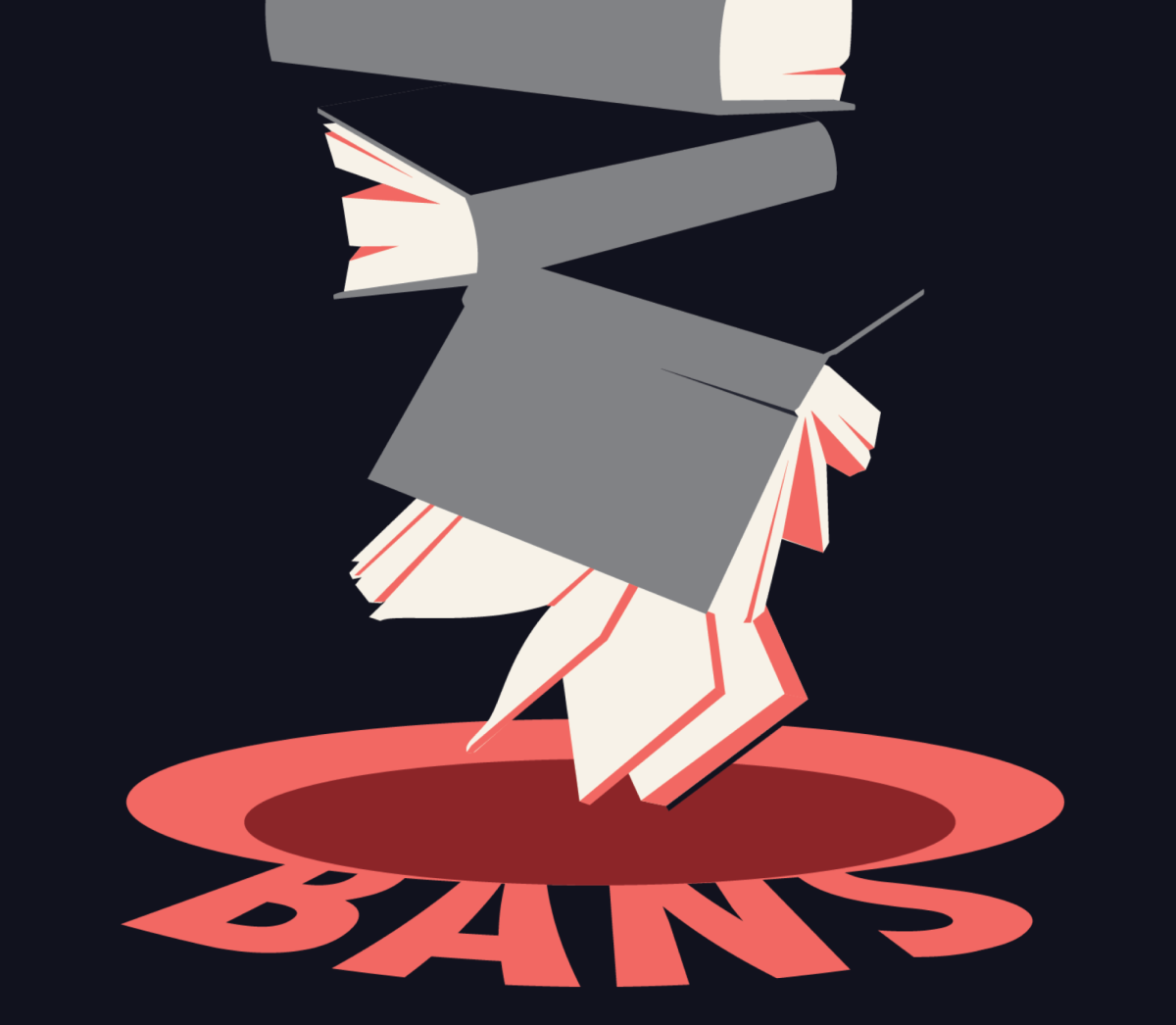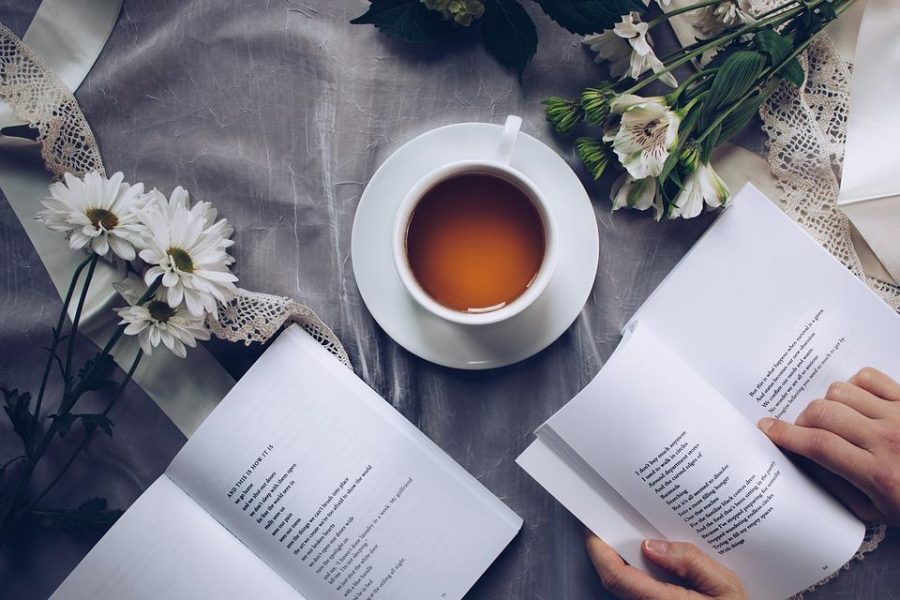Judgment call — minimalist and profound, or formulaic and maudlin? If you’ve run into Rupi Kaur’s “Milk and Honey” or have ever opened Instagram, you’ve probably explored at least some Instagram poetry. This popular style of writing has become a sort of antihero in the literary world, both oversimplifying a complex form with generalized sentiments and also reviving interest in a literary field that produces untold numbers of unread chapbooks. And, the thing is, it’s possible to root for this lovable, teddy bear of an art form and decide to leave it for the meatier beast — the real bear. It might even be a necessary evil. Whether you like Instagram poetry or not, we need it. So what exactly does that entail?
Back in 2010, Thom Young joined Instagram and quickly rose through the ranks of popular Instagram poets. He posts material such as “She’s wild but magic” or “I want us / sometimes forever takes work.” Sound familiar? Probably, except Young defines his posts as a satire of Instagram poetry, which is why viewers on his page also see content like “only you can make yourself a / moron.” Young’s work, if you want to call it that, seems intended to reflect his frustration with other famous Insta-poets such as Kaur and Atticus who have received more attention than many other writers, such as himself. Regardless of how self-motivated his intentions are, he addresses an important issue in poetry — where do you draw the line between being a successful artist and being a sellout?
Poets like Kaur and Atticus (and like Young) have scores of followers but encompass a broad spectrum. Atticus’s poetry tends to sound closer to Young’s satirical set. One of his most popular posts is “love her but / leave her wild.” How do I know it’s popular? Because one of Atticus’ other posts shows that somebody had it tattooed on their shoulder. Much of his poetry has an uplifting quality to it and borrows superficial resemblance to poets from the Beat Generation like Jack Kerouac minus the sexual liberation and drugs. Kaur, on the other hand, fully embraces sexual liberation. Her watered-down feminist poetry has been praised by millions of women for its explicit embrace of sexuality and its empowering rejection of the male gaze. Her writing on immigration in our political climate also deserves attention and appreciation. None of this dismisses the simplicity and frequent sappiness of these poets’ form, though.
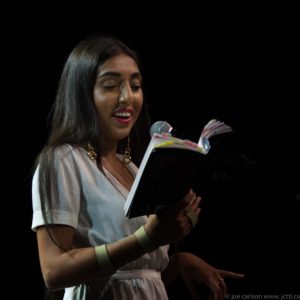
Poetry comes in many shapes and sizes, now more so than ever. We expect literature to evolve and explode from previous forms. Our poetry should reflect the times, be experimental and speak to our generation. One way of accomplishing this is through spoken word poetry, like Levi the Poet, who has been transcending the boundaries of music and narrative. Insta-poetry has the opposite effect, condensing and even limiting poetry to single metaphors and ideas. But, then, Insta-poets have been pioneering the frontier which other traditional writers have been wary of because social media seems to make light of their work. Does the effect of scrolling between cat videos, makeup ads and short poems devalue an artist’s work or does it just add necessary exposure?
We want online poetry to be viable, but run into the problem of overly saturated feeds where one piece only maintains as much credibility as the next without the rite of passage through an editor or publisher. Our means of judgment comes down to the number of likes a post has. This entirely depends on the type of consumer on Instagram — namely, an audience accustomed to minimal text and aesthetic pictures. The recognition reflects the users. Sharing writing online does not immediately devalue it. Increasingly, we take online material seriously because everything eventually winds up online, such as (if I can break the fourth wall here) this article.
Depending on how you look at it, serious material crammed into a prose style could either depreciate the content or speak clearly to people who otherwise might not see these messages. Instagram poets, dubbed by Young on PBS NewsHour as pop poets, walk the line where their work can be lyrical enough to be considered poetry and cute enough to go on a t-shirt. (Or be tattooed.) And though many of us may be bothered by what feels like lazy writing, these posts resonate with an exorbitant amount of people. Atticus has over a million followers and Kaur has over three million. That’s insane, but it also makes sense. Especially for a younger crowd, these short poems are digestible and generic enough to be relatable. Often self-reflective, they invite the casual scroller to introspection in a comfortable, encouraging way. This acupuncture catharsis pricks only the essence of a subject, be that womanhood or love, validating the vulnerable reader. Every girl can be the girl that Atticus says “make[s] diamonds look good.” Anybody could be the “you” of Kaur’s “If you got any more beautiful / the sun would leave its place / and come for you.”

Insta-poets cannot be put on the same level as “serious” poets exploring complex ideas in chapbooks or journals. This distinction is not to devalue their work — clearly, they have put thought into their ideas that have attracted so many followers. Instead, this means that Insta-poets cannot even be placed in the same category. All that the majority of young people look for in these posts to qualify them as poetry is an authoritative figure with some attention to line breaks. At least we’ve grown up past our poetic obsession with rhyming. Rising tides raise all ships, though, and ideally all poets, no matter how we classify them, can support each other by drawing attention to a style that has long suffered the silent treatment. Personally, I’ll take my poetry abrasive and gritty, where it can still be relatable, but challenging rather than validating.










